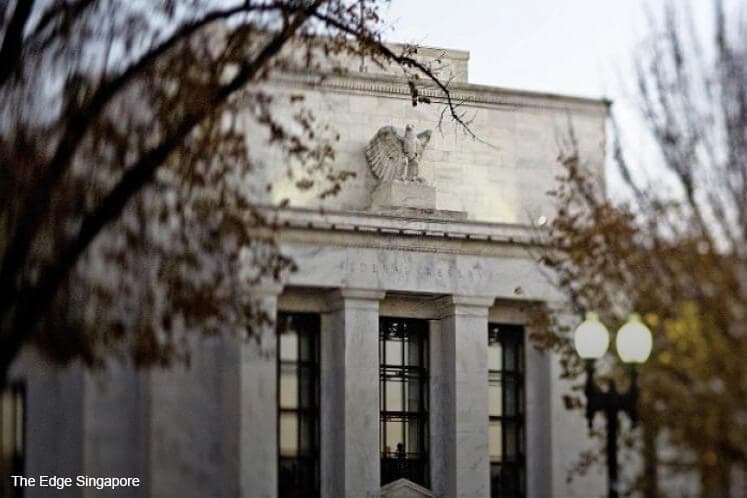
SINGAPORE (May 9): Private investment manager Brandywine Global, a Legg Mason affiliate, is expecting the current period of “remarkable reflation” in the global economy to settle down to a “more gradual, but self-sustaining” economic expansion.
The shift in investment narrative comes on the back of strong policy stimulus measures including a dramatic credit impulse from China; deferred tightening by the US Federal Reserve; dollar stability which has permitted the emerging world to join in policy reflation and has hence taken the edge off deflation; as well as persistent monetary expansion in Europe and Japan.
Mexico favoured; Sterling among ‘cheapest’
“The combination of the stable risk-free fixed income benchmark and better global growth has been ideal for emerging economy bond markets and their currencies,” write managing directors/portfolio managers Stephen S. Smith and David F. Hoffman in the latest Brandywine Global report for 1Q17.
As such, the MDs favour emerging market (EM) currencies for the high real rates in most local bond markets, and just as importantly, their undervaluation.
Mexico’s currency and bond market is one such example with the peso’s undervaluation, which has been driven lower due to the harsh trade rhetoric of the new US administration.
“We have taken the view that the US wants to avoid materially damaging the Mexican economy as such an outcome is not in America’s best interests. The aggressive trade rhetoric may be posturing ahead of renegotiating NAFTA, because it is clear that American jobs are at stake if the US approach to fair trade is overly reactionary,” comment Smith and Hoffman, who profess to be less keen on the dollar, yen and euro in comparison.
While they remain constructive on the euro based on economic factors alone, the MDs have highlighted the sterling as one of the “cheapest” currencies due to the impact of negativism associated with Britain’s post-Brexit outlook.
The Australian dollar has also performed well on the back of the upturn in commodity prices, in their view.
“The Chinese story drives commodities. That demand for commodities provides a tailwind for Australia growth and filters through the real effects of the exchange rate via a higher currency valuation,” they explain.
China as a major macro uncertainty
Aside from widespread scepticism of US House Republicans’ ability to advance healthcare and tax reforms as promised, which Smith and Hoffman say has left an “unsustainable gap between expectations and reality”, another major macro uncertainty comes from China.
Brandywine Global notes a strong correlation between China’s property price inflation rate and the cycle in the US purchasing managers indexes (PMIs), where the retreat from full-fledged stimulus and signs that property price inflation “once more suggests some tempering” in the pace of the global expansion in 2H17.
“China’s fiscal and credit impulse contributed more to the latest reflationary surge than any other single global factor,” observe Smith and Hoffman.
“China’s savings rate is even higher and more spread out across both corporate and household sectors. Urbanisation is seen as the main source of economic growth since the global financial crisis (GFC). Correspondingly, urban employment creation has been expanding at a pace of over 13 million people a year, a number dwarfing US employment creation, and in an economic zone with substantially higher productivity.”
US to brace itself against risks
In addition to the normalisation that lies ahead, Smith and Hoffman are also anticipating some risks of fiscal stimulus in the US.
“We do not believe that a 2.3% yield on 10-year Treasury notes offers much protection for an economy where nominal employment income growth is above 5%, inflation is sticky at 2%, and short-term interest rates are at recession levels,” state the MDs.
“Our economic view lends itself to EM currencies and bonds. Our research validates these markets from a valuation viewpoint and based on our macro outlook for gradual normalisation in the US and a steady-to-weak dollar. Driving our dollar view is our belief of a gradual synchronised global economic recovery led by growth that is relatively faster in the rest of the world,” they conclude.